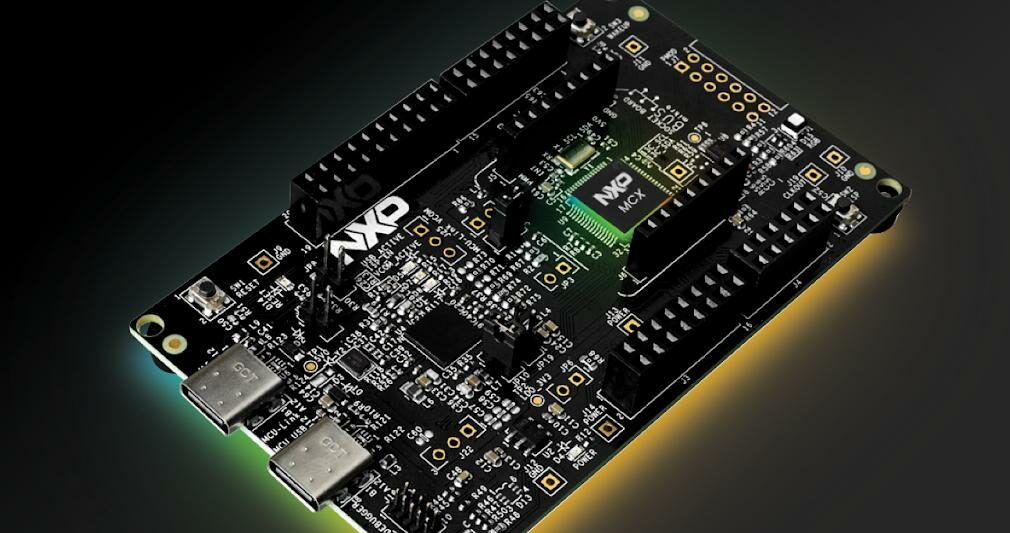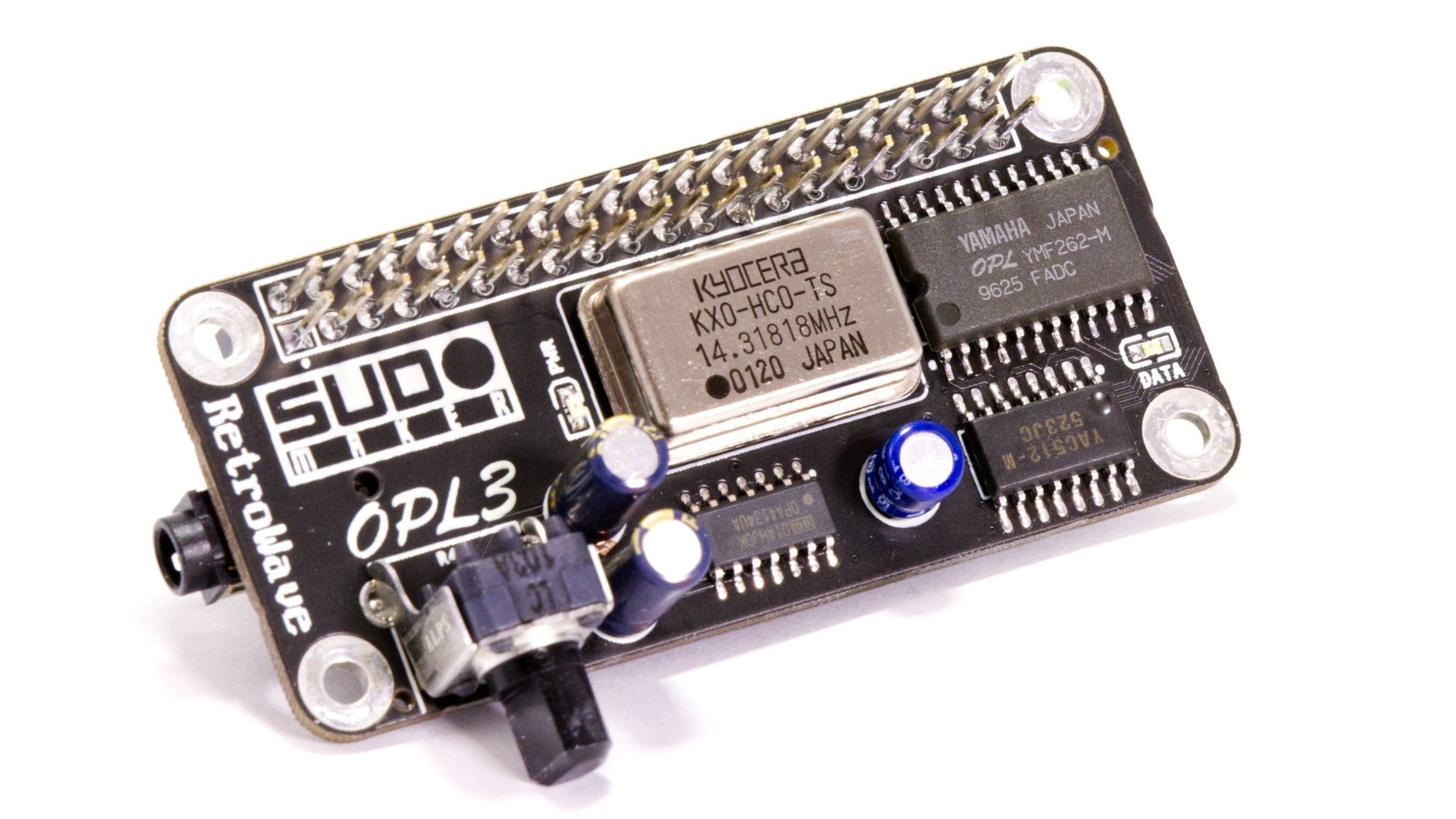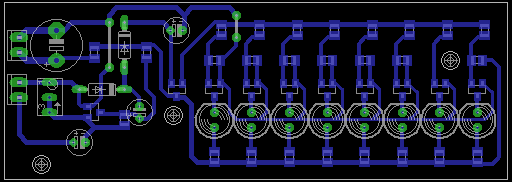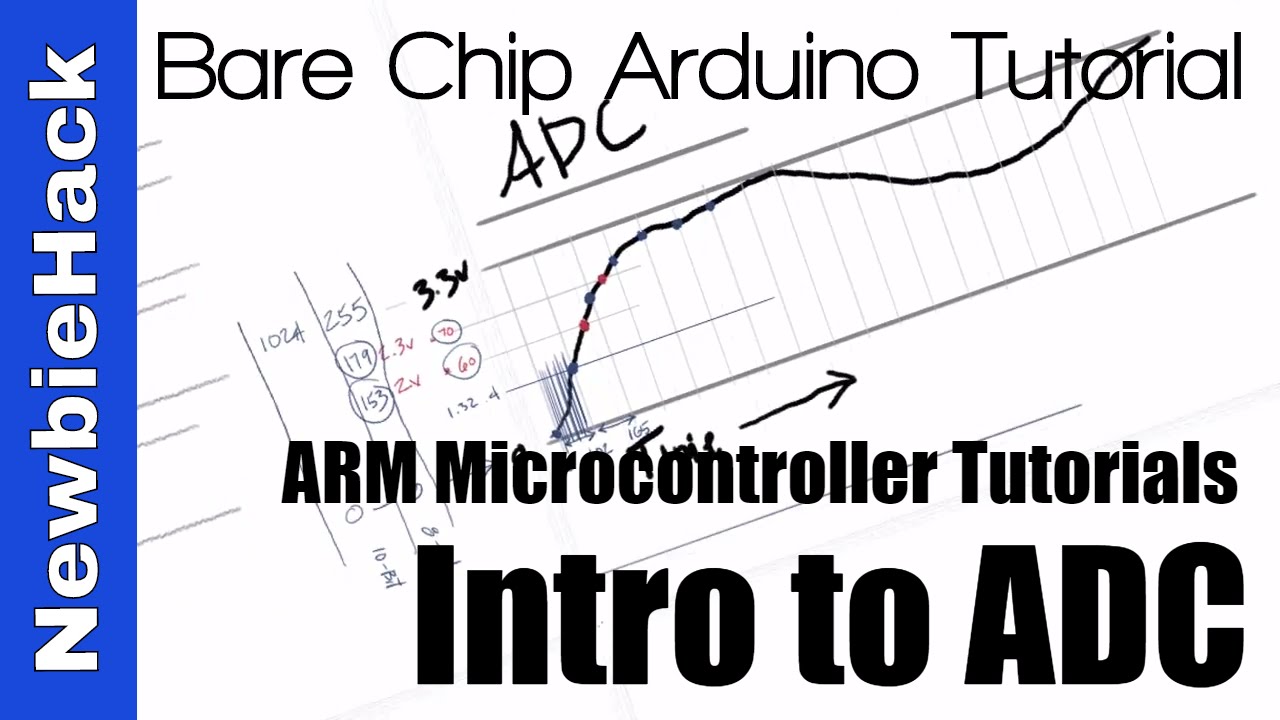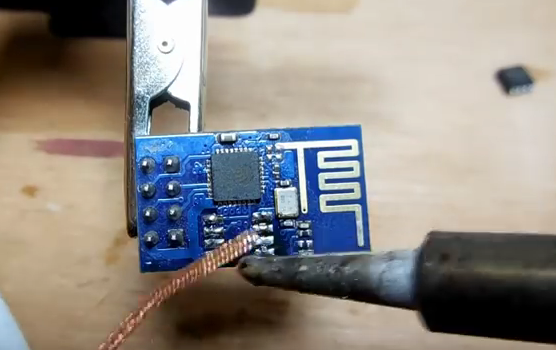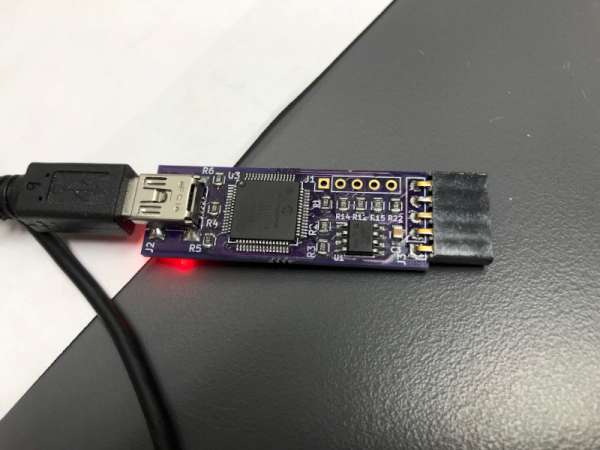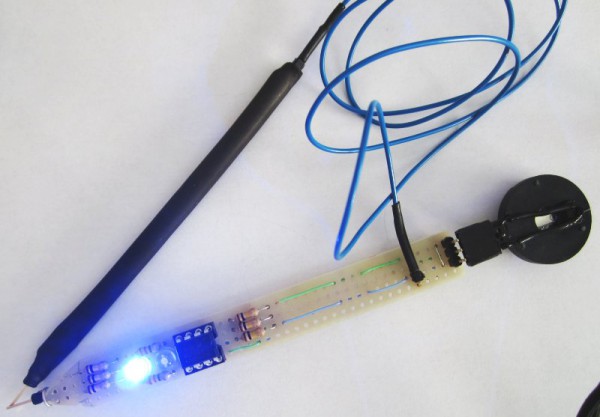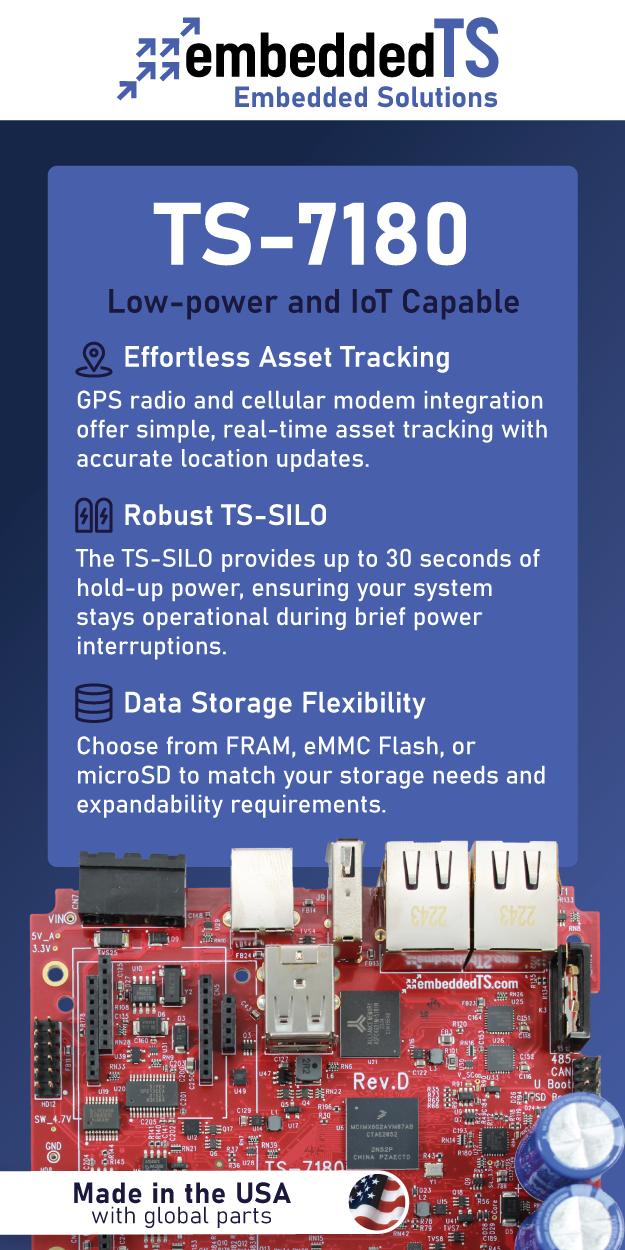

In embedded systems and IoT devices, versatile and powerful microcontrollers are essential. NXP Semiconductors addressed this demand by introducing the MCX A series of MCUs, which are designed to fulfill a wide range of application requirements. This series is part of the MCX Family which shares a common Arm Cortex-M33 core platform and was founded to combine the components of NXP device features dedicated to devices for edge applications.
The MCX A Series is specially made to provide general-purpose MCUs with expandable device options, low power consumption, and peripherals that may be used in various applications.
Architecture and Features
MCX A is available in many versions, including A14x and A15x, with varying speeds and package sizes to meet a variety of requirements. These MCUs act as the primary processing units of embedded systems, communicating with other devices using protocols such as UART, SPI, and I2C. Also, MCX A includes modern technologies such as MIPI I3C to boost communication efficiency.
USB compatibility offers interaction with PCs and other smart devices, allowing firmware updates and data exchange. Furthermore, the addition of a boot ROM function makes field updates easier, increasing the device’s flexibility and usability. In terms of memory management, MCX A has a strong memory subsystem, which includes a Low Power Cache Controller (LPCAC) for efficient instruction and data caching. The result is low latency and high-performance operation, which is critical for demanding applications like motor control and industrial sensing.
The analog subsystem of MCX A is very effective, with a high-speed ADC, comparators, and an 8-bit reference DAC. These components provide precise measurement and control of analog signals, increasing the MCU’s utility in a variety of applications.
Development Tools for MCX A
NXP provides the MCUXpresso suite, an extensive collection of tools and libraries. It helps in the creation and development of MCX A applications. This comprises IDEs, setup tools, and software development kits (SDKs) that work with major IDEs. These IDEs include MCUXpresso IDE, Visual Studio Code, IAR Embedded Workbench, and Arm Keil MDK.
NXP provides the FRDM development board for hardware prototyping and experimentation, which includes on-board debugging, sensors, and power management functions. The board gives developers a platform to test the capabilities of MCX A and create proof-of-concept apps. To summarize, MCX A represents a major development in microcontroller technology, providing high flexibility, performance, and usability. With its complete feature set, strong architecture, and broad development ecosystem. MCX A has a strong chance to promote innovation and enable the development of next-generation embedded systems.
For more information on the MCX A family, you can visit the blog published by NXP Semiconductors.





